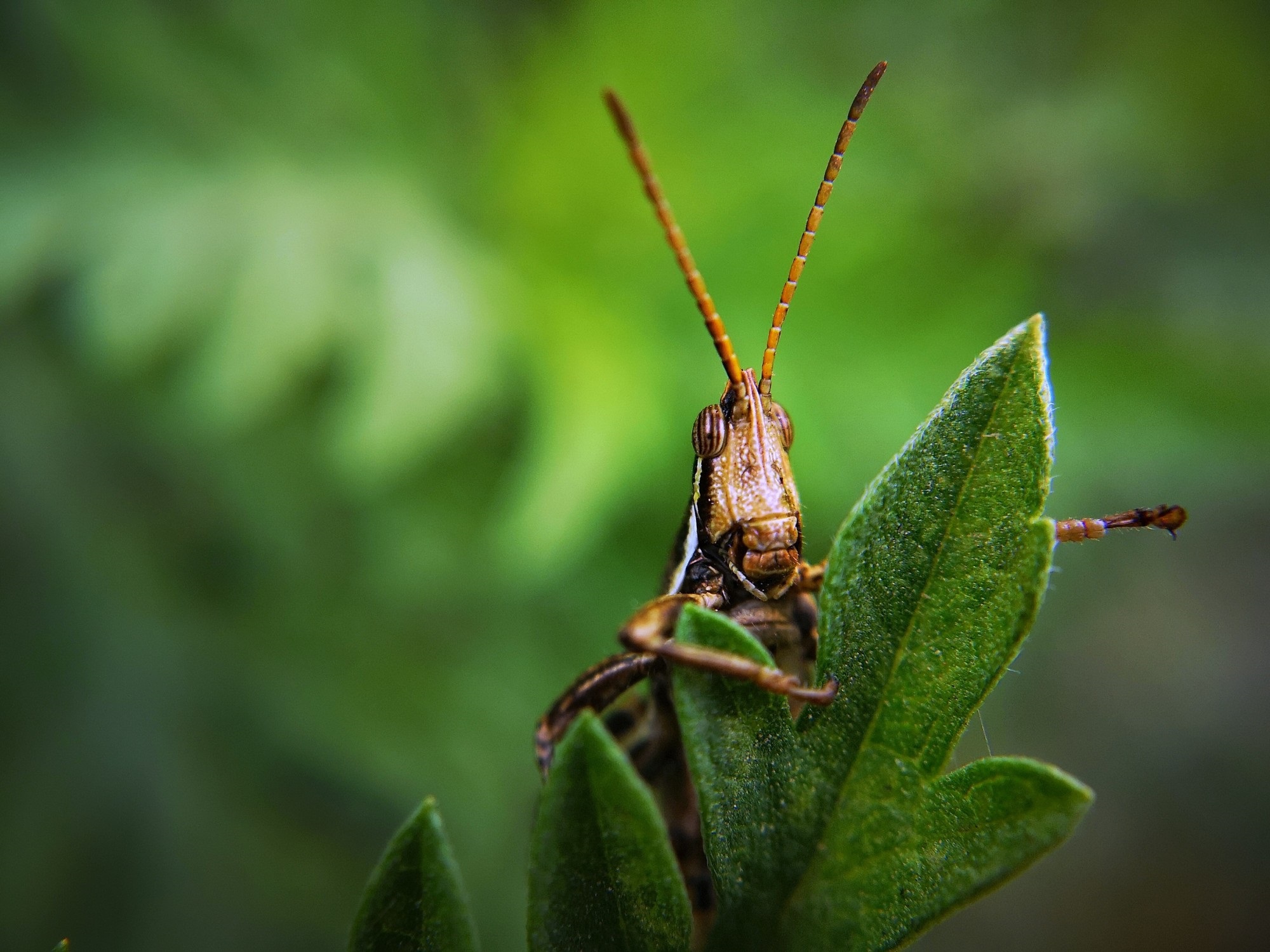Did you know that the United States contains around 60 to 65 thousand square miles of lawn? Lawns are a beautiful feature of any suburban area, and can also be an excellent place for activities and other yard features.
Unfortunately, lawn maintenance requires taking care of many critters that like to make their homes in the grass. Here are some of the most common lawn pests you may encounter, and how to get rid of them.
Cutworms
Cutworms are a type of pest that can shear your grass blades in patches. Even though this may seem harmless at first, continued cycles will cause dead patches of grass that can be costly to replace.
Cutworms are generally not active during the day and tend to burrow underground. If you suspect a cutworm invasion, you should try to find them during the nighttime hours. They will feed on the base of the grass and destroy blades completely.
Although many worms can invade your lawn, cutworms are brown or gray and feature stripes. In addition, they are around two inches long when fully grown.
If you have warmer weather year-round, cutworms will generate more reproductive cycles throughout the year. After a few weeks of feeding, they turn into moths and repeat the cycle.
If you purchase a pest control solution, make sure to apply it in the evening, when the cutworms are most active. You are more likely to kill more of them effectively when they venture out of their burrows.
Chinch Bugs
Chinch bugs are another powerful pest that can cause major damage to your cultivated lawn. Using their mouth, they absorb nutritional plant juices and deprive the grass of what it needs to grow.
For a doubly harmful effect, the chinch bugs produce a substance that stops the plants from absorbing water. When they do this, your grass will die because it cannot grow without water and nutrients.
Chinch bugs emerge during the warmer weather, generally in spring and summer. They will go dormant in the fall months, sheltering in the grass stems rather than feeding.
Chinch bug damage can initially just look like your lawn is dealing with drought. However, if you see purplish patches that fade to brown or yellow, chinch bugs are likely the culprit, rather than lack of moisture for your grass.
Use a magnifying glass to spot chinch bugs on your lawn. These bugs measure one-eighth to one-fourth inch and have black bodies with white wings. In the early stages of life, they have an orange hue.
One of the best methods to prevent chinch bugs is to be proactive with lawn pest control. Regularly apply product to keep bugs away and get rid of extra thatch where the bugs hide in colder months.
Armyworms
Armyworms are one of the most brutal garden pests to deal with when you need to protect your lawn. They come in a variety of colors, such as pink or gray, and can be around one to two inches long.
If you suspect that you have armyworms, pay attention to the patterns of dead grass. Armyworms feed on the blades of grass and create circular shapes in your lawn.
These creatures have a lifespan of a few weeks and can cultivate multiple generations of new worms during the summer season. When the armyworm moths lay clusters of white eggs, they will then hatch into larvae.
One of the biggest indicators of an armyworm infestation is if your lawn looks as if it is moving on its own. This means that you have a large invasion and may need a lawn pest control service.
Sod Webworms
Sod webworms are larvae that eventually grow into moths, similar to other types of worms. The one-inch worms will first turn into a brown or green young moth, then mature to a dull gray color.
Sod webworms make excellent eating for birds, so be on the lookout for holes in your lawn from bird foraging. Increased bird presence among the grass is a sign that you may have sod webworms in your midst.
These feisty worms act quickly to eat grass stems and blades. If you suddenly have brown patches on your lawn and you still care for it regularly, then sod webworms may be the culprit.
You may not find sod webworms until the twilight or evening hours. During the day, they are hard to spot. They make silken habitats and burrow in the grass.
The best line of defense against sod webworms is lawn pest control in a granule form. Spread it above and below the soil line. The webworms will consume it during their feeding sessions and may consume it when they hide under the grass during the daytime.
Beetle Larvae
Unfortunately, these grubs are not the kind that you will enjoy eating. A colloquial name for beetle larvae, grubs can be incredibly damaging to your lawn and one of the most ruthless garden pests.
Unlike many types of worms that love to eat grass blades, grubs tend to go for the roots of the grass under the surface. This means that they are much harder to spot unless you intentionally look for them.
Wilted grass is a huge sign that you may have grubs eating your roots. You should also be on the lookout for dead patches, as well as predators like crows, who feast on the grubs.
The grubs are plump and shaped like the letter C. They usually appear to be white in color. After the summer season, they mature into full-grown adult beetles.
Pest control for grubs includes chemicals such as trichlorfon and carbaryl. Apply them liberally in the fall and spring, before and after peak production times for the bugs.
Curb Your Lawn Pests Today
If you struggle with lawn pests, you should not let them overrun your beautiful grass. With these techniques, you can use lawn pest control and other gardening tips to keep the critters at bay.
Want to modernize every element of your life? Our site has all the information you will need.




Be First to Comment